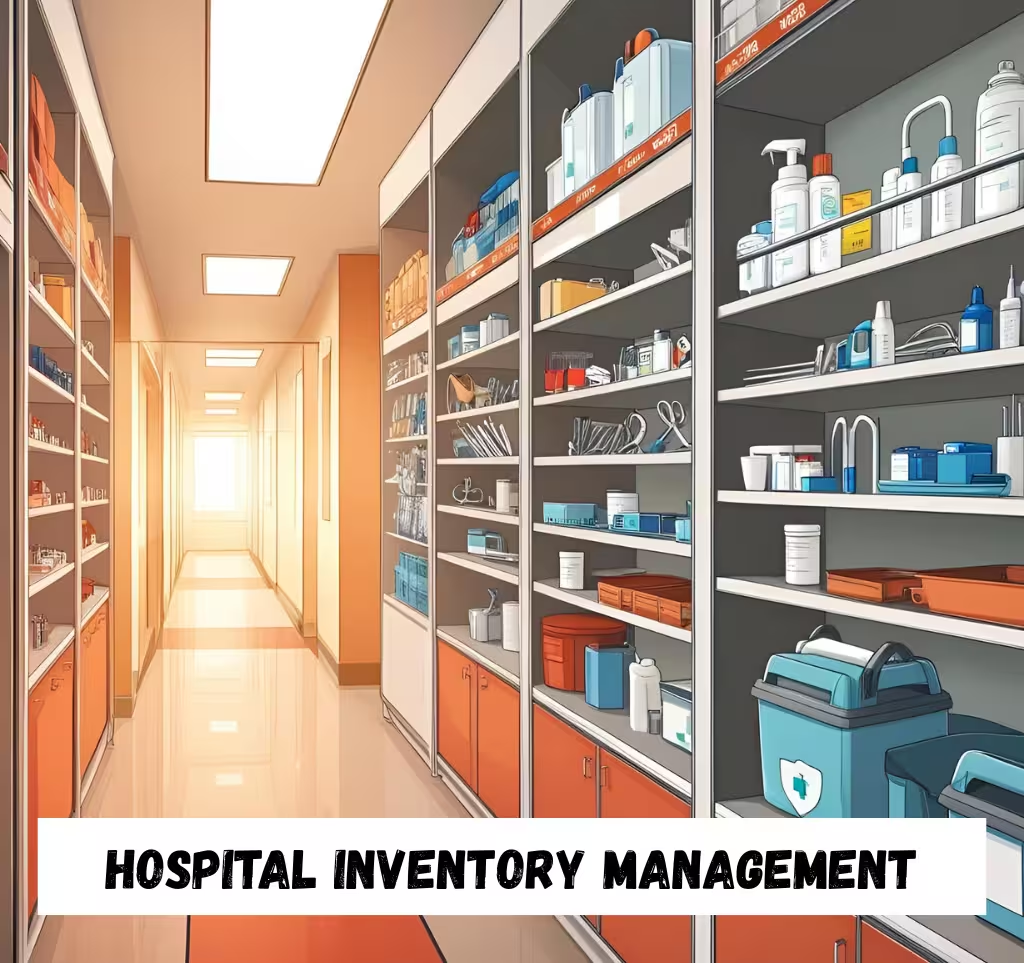10 Best Practices for Hospital Inventory Management
Efficient hospital inventory management is more than just keeping track of supplies… It’s about ensuring the right equipment, medications, and materials are available at the right time, in the right place. A well-managed inventory system saves costs, improves patient care, and prevents critical shortages.
But with thousands of items to monitor, from syringes to life-saving drugs, hospitals need smart strategies to keep everything running smoothly. Here are 10 best practices to optimize hospital inventory management and ensure seamless healthcare operations.
1. Implement a Centralized Inventory System.
Hospitals may track inventory across departments with a centralised system, which cuts down on waste and duplication.
2. Use Real-Time Inventory Tracking
Relying on manual logs can lead to delays and inaccuracies. Hospitals should implement RFID (Radio-Frequency Identification) or barcode scanning for real-time inventory tracking. This confirms instant updates on stock levels and helps to prevent shortages.
3. Categorize Inventory for Better Organization
Grouping items into categories like medications, consumables, surgical tools, and equipment, makes it easier to track, store, and reorder supplies efficiently. Prioritizing critical vs. non-critical items helps manage urgent needs better.
4. Set Par Levels for Stock Replenishment
Hospitals should define minimum and maximum stock levels (par levels) for each item. When supplies drop below the set threshold, automated reorder alerts can be triggered, ensuring essential materials are always available.
5. Conduct Regular Audits and Cycle Counts
Periodic inventory audits help detect discrepancies, expired stock, and mismanaged items. Instead of a yearly check, cycle counts (small, frequent audits) improve accuracy without disrupting daily operations.
6. Monitor Expiry Dates to Reduce Waste
Expired medications and materials not only waste money but can also be dangerous. Hospitals should implement a first-in, first-out (FIFO) approach, ensuring that older stock is used before newer stock.
7. Improve Supplier Coordination
Developing a trusting connection with trustworthy suppliers promises on-time delivery and minimises delays. Hospitals should also maintain multiple vendor options to prevent dependency on a single source, especially for critical supplies.
8. Leverage Data and Predictive Analytics
Using AI-driven forecasting tools assists hospitals in predicting demand trends and adjusting inventory accordingly. This avoids understocking, which jeopardises patient care, and overstocking, which wastes resources.
9. Implement a Secure Inventory Access System
Uncontrolled access to medical supplies leads to theft, misuse, or misplacement. Hospitals should implement role-based access, allowing only authorized personnel to manage and retrieve supplies.
10. Train Staff on Best Inventory Practices
Even the best systems fail if staff aren’t trained to use them correctly. Regular training programs ensure that nurses, pharmacists, and inventory managers follow consistent, standardized procedures.
Final Thoughts
A well-managed hospital inventory isn’t just about organization… It’s about efficiency, safety, and cost savings. By implementing these best practices, hospitals can ensure that medical teams have what they need, when they need it, so they can focus on what truly matters: patient care. Because in healthcare, every second, and every supply, counts.



